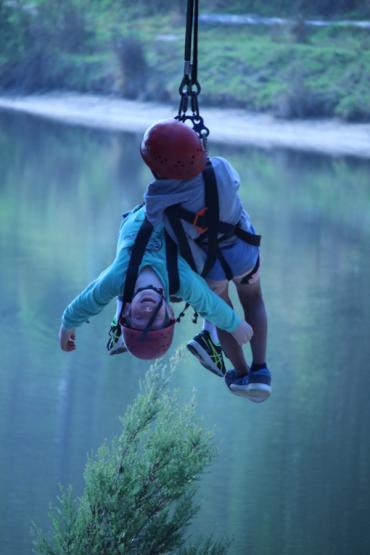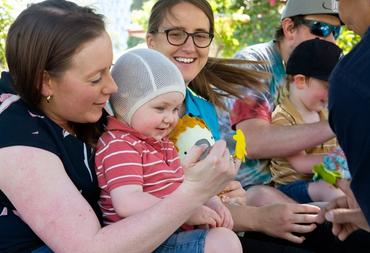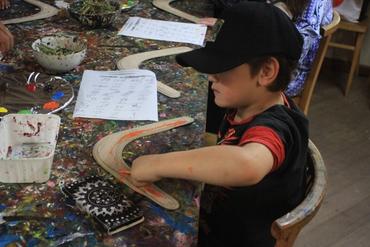Signing with Babies and Children: A summary of findings.
For infants and toddlers, signing can help develop language skills, expand vocabulary and improve reading skills.

What is this paper about?
This paper is a summary of a collection of research findings on the impacts of signing on development and learning for children from babyhood to school age. It includes common questions about signing with children, and specific information on research about using signs with children with developmental delays and disability.
What were the key findings?
- Studies have shown that using signs promotes positive social interactions with parents and can help young children regulate their behavior and communicate their needs.
- The earlier infants are exposed to signs, the earlier they will use them. Infants and toddlers exposed to signed languages from birth begin to 'babble' with their fingers. Babbling, whether using the hands or voice, is thought to consist of units produced by the child as an early step in building language.
- For preschool and school- age children, language, literacy and learning outcomes in the classroom can be enhanced using sign, including increased vocabulary and improved reading and spelling skills.
- For children on the autism spectrum, using signs and speech together helped increase their vocabulary.
- Further research in this area is underway, including how to best teach signs to children on the autism spectrum.
Where can I read more?
Signing with Babies & Children
Printable 551 KB PDF



